
How Do You Use a Hoverboard: Everything You Need to Know
Hoverboards are a brilliant way to get around — they’re fun, futuristic, and surprisingly easy to learn once you get the hang of it. If you’ve just bought one (or you're thinking about it), you’re probably asking the same question many beginners do: how do you use a hoverboard without falling flat on your face? Don’t worry — this guide walks you through the basics and beyond, so you can ride confidently in no time.
Is a Hoverboard Right for You?
Before you hop on, it’s a good idea to ask yourself — is a hoverboard really for me?
If you’ve got a decent sense of balance and you’re after a fun, eco-friendly way to zip around for short trips or just have a bit of fun, then chances are it’s a great fit. Hoverboards aren’t just for kids (though most are made for ages 8 and up) — teens and adults love them too. Just be sure to check the weight limit for the model you're looking at.
They’re perfect for cruising around the garden, driveway, or anywhere you’ve got a bit of space. And let’s be honest — there’s something pretty cool about feeling like you’re gliding into the future.
Learn the Basics: How Do You Use a Hoverboard
Getting started with a hoverboard might feel a bit tricky at first, but once you get the hang of it, it becomes second nature. Here’s a step-by-step guide to help you master the basics safely and confidently.
Stepping On the Hoverboard
Once your hoverboard is charged and switched on, it’s time to step on. Place one foot on the board and steady yourself. When balanced, bring up your other foot and stand with a flat, centred stance.
If needed, lightly hold onto a wall or chair for support, but don’t rely on it completely. Keep your feet hip-width apart near the board’s edges, bend your knees slightly, and stay relaxed — this helps with balance and control.
Let the Hoverboard Do the Work
If you’ve got a good-quality hoverboard (like one from iScooterGlobal), it should balance itself once you’re on. That’s what self-balancing technology is for! You might wobble a little at first — that’s completely normal.
Try to avoid overcorrecting with your body. Instead, keep your knees soft, engage your core muscles, and if it helps, stretch your arms out to your sides like you’re walking a tightrope. Balance is key, but trust the board to do its part too.
Getting Off the Right Way
Stepping off a hoverboard can feel awkward at first, but always remember to step off backwards — never forwards. Stepping forward can cause the board to move suddenly, which may lead to a fall. Instead, step off one foot at a time in a backward motion. Take it slow, and use a wall or chair for support if needed, especially while you're still getting used to it.
Moving Forward and Backward
Once you’re steady, it’s time to move. Gently lean forward to go ahead — no need to lunge, just shift your weight slightly. The more you lean, the faster you’ll go, so start slow and controlled.
To slow down or stop, lean back gently. Avoid sudden movements, as they can feel jerky. Hoverboards don’t stop instantly, so begin slowing down a little before you need to. Smooth and steady is the key.
Turning Left and Right
Once you're gliding smoothly, it's time to learn turning. To steer left, press down with your right toes while keeping your left foot steady. To turn right, press your left toes instead. Each side of the board moves separately, so shifting pressure helps you pivot with control.
Tip: always slow down before turning. Sharp corners at speed can throw you off, so take it easy until you’re confident.
Cool Tricks To do on A hoverboard
So, you’ve mastered the basics and are cruising like a pro on your hoverboard—what now? It’s time to level up with some epic tricks. Whether you're showing off to friends or just looking to test your skills, here are 10 cool tricks to try on your hoverboard:
1. Pavement Spin
Find a stretch of pavement with two spaced-out crossovers. Ride over one, keeping one wheel on the pavement and the other on the road. As you approach the second crossover, tilt slightly and pull off a smooth 360° spin. It’s stylish and a real balance test.
2. Ramp Ride
Hit up a skateboard ramp and take your hoverboard for a spin. Riding up one side and coasting down the other sounds easy—but controlling your balance on the incline and decline makes this trick much more challenging than it looks.
3. Reverse Ramp Roll
Start by riding up a ramp as usual. Once you reach the top, let gravity pull you back down in reverse. It’s a cool move that demands strong control and precise balance.
4. 180° Half Turn
Need to change direction with flair? Shift your weight to one foot and twist into a slick 180-degree turn. It’s simple, but when done smoothly, looks great.
5. Running Jump Mount
Only attempt this if you’re confident on your board and always wear protective gear. Place your hoverboard on flat ground, take a short run-up, and jump onto it with precision. Land and glide forward—it’s a stunt that looks impressive when nailed.
6. Squat Spin
Crouch low on your hoverboard, gripping the sides with your hands. Shift your weight to one side to start spinning. Let go once you’re rotating steadily and see how many full turns you can complete. It’s fun and dizzying!
7. Wall Glide
Inspired by BMX and skateboarding? You can try riding a hoverboard along a low, angled wall. You won’t get much height, but if the surface isn’t too steep, you can pull off a short glide that mimics a wall ride.
8. Hoverboard Keepy Uppies
Fancy combining football skills with hoverboard balance? Try juggling a football while riding. Use one foot for keepy uppies and the other to steer. It’s tough but rewarding—especially in a friendly challenge with mates.
9. Ball Catch & Tricks
Take it up a notch—have someone toss you a football and catch it between your knees while on the move. Want to go pro? Try balancing the ball on your neck or dunking it in a hoop while gliding past.
10. Extreme Leans
Your hoverboard responds to how you lean—so experiment with how far you can tilt forward or back without losing control. Go slow and build up your lean gradually. Always wear a helmet for safety while pushing your limits.
Where Can You Learn to Ride a Hoverboard?
Learning to ride a hoverboard can feel a bit tricky at first, but with the right approach, it’s quite simple. One of the easiest ways to get started is by watching online videos. Platforms like YouTube, TikTok, and Instagram have plenty of step-by-step tutorials that show you how to balance, turn, and ride safely. Just make sure to choose videos with good reviews and clear instructions. Some hoverboards also come with their own mobile apps that include setup tips, safety advice, and riding lessons—especially models from brands like Segway Ninebot, Hover-1, or Gyroor.
If you prefer hands-on learning, you can look for in-person lessons at local community centres, skate parks, or sports clubs. Some places even offer beginner classes or hoverboard demo days where trained staff can help you learn safely. Practising with a friend who already knows how to ride is another great way to improve your skills while having fun.
When you’re ready to practise, choose a safe, open space with a smooth surface. Good places include empty car parks, quiet cul-de-sacs, paved park paths, schoolyards at weekends, or even indoor gyms (if allowed). Avoid steep slopes, busy roads, or wet surfaces until you feel confident. And of course, always wear protective gear like a helmet, knee pads, elbow pads, and wrist guards to keep yourself safe while learning.
Check Out Our Iscooterglobal Model Hoverboards
|
Specification |
||||
|
Image |
||||
|
Motor Strength |
Dual 350W |
500W (Dual 250W Hub Motor) |
700W (Dual 350W Hub Motor) |
700W (Dual 350W Hub Motor) |
|
Max Speed |
6.8 MPH |
Up to 7.5 mph (12km/h) |
Up to 9 mph (15km/h) |
Up to 9 mph (15km/h) |
|
Range |
6.2 Miles |
Up to 7.5 miles (12km) |
Up to 12.4 miles (20km) |
Up to 12.4 miles (20km) |
|
Climbing Angle |
Up to 10° |
Up to 10° |
Up to 10° |
|
|
Battery Size |
25.9V 2.6AH |
|||
|
Battery Capacity |
36V, 2Ah |
36V, 4Ah |
36V, 4Ah |
|
|
Charge Time |
5–6 Hours |
2–3 Hours |
2–3 Hours |
2–3 Hours |
|
Weight Limit |
Up to 220 lbs (100kg) |
Up to 200 lbs (100kg) |
Up to 200 lbs (100kg) |
|
|
Maximum Rider Weight |
119 lbs |
|||
|
Product Weight |
5.7kg (12.6 lbs) |
6.5kg (14.3 lbs) |
6.5kg (14.3 lbs) |
|
|
Item Weight |
10.14 lbs |
|||
|
Wheel Size |
6.5" |
6.5" |
8.5" |
8.5" |
|
Tires |
Solid tire |
Solid tire |
Solid tire |
|
|
Lights |
Colorful LED |
LED light up deck and wheels |
LED light up deck and wheels |
LED light up deck and wheels |
|
Bluetooth |
Yes |
Yes |
Yes |
Yes |
|
Water Resistant |
Yes |
Yes |
Yes |
|
|
App Monitor |
No |
No |
Yes |
|
|
Product Dimensions |
20.1"x7.1"x7.1" |
23.6"x7.3"x7.5" |
580190190 mm |
580190190 mm |
Conclusion
Learning how to use a hoverboard is easier than you might think — and once you get the basics down, it quickly becomes second nature. From stepping on for the first time to pulling off impressive tricks, riding a hoverboard is a fun, futuristic way to move around and express your style.
With a bit of practice, the right safety gear, and maybe some help from a friend or video tutorial, you'll be gliding confidently in no time. Whether you're using it to cruise the streets or show off in the park, hoverboarding offers a unique blend of excitement, balance, and freedom.
So, what are you waiting for? Strap on that helmet, hop on your iScooterGlobal hoverboard, and enjoy the ride!
FAQs
Does a hoverboard work on carpet?
Yes, but it works best on low-pile carpets. Thick carpets can slow you down and make balancing harder.
Are hoverboards easy to learn?
Yes, most people learn in 10–30 minutes with a bit of practice on flat ground.
What are the dangers of hoverboards?
Falls and bumps are common. Wear safety gear and avoid uneven surfaces or busy areas.
iScooter E Scooter Collections:
Electric Scooter | Kids Electric Scooter | Electric Scooter for Adults | Electric Scooter with Seat | Off-Road Electric Scooter | Foldable Electric Scooter | Girls Electric Scooter | 1000W Electric Scooter | 2000W Electric Scooter | Boys Electric Scooter | Dual Motor Electric Scooter | Big Electric Scooter | Electric Scooter with Suspension | Lightweight Electric Scooter | Commuter E-Scooters | 3 Wheel Electric Scooter
Show more ▼iScooter E Bike Collections:
Foldable Electric Bike | Affordable Cheap Electric Bike | Electric Bike for Adults | Electric Motor Bikes | Trek Electric Bike | Fastest Electric Bike | Electric Road Bike | Full Suspension Electric Mountain Bike | Giant Electric Bike | Womens Ladies Electric Bike | Mens Electric Bike | Electric Bike with Throttle | Electric Gravel Bike | Electric Mountain Bike UK | Fat Tyre Electric Bike | Electric Hybrid Bike | Electric Motorised Bike | Electric Push Bike | 1000W Electric Bike | Cool Electric Bikes | Electric Off Road Bike | Pedal Assist Electric Bike | Good Electric Bikes | Small Electric Bike | Trek Electric Mountain Bike | 2000W Electric Bike | Full Suspension Electric Bike | Mini Electric Bike | Road Legal Electric Bike | Step Through Electric Bike
Show more ▼👍 Buying Guide | 🚴♂️ Riding Guide
📋 Feature Guide | ❓ Common problem
Product category
Electric Scooter
Cheap Electric Scooters for Adults | Fastest Electric Scooter | Kids Electric Scooter | Mini Electric Scooter































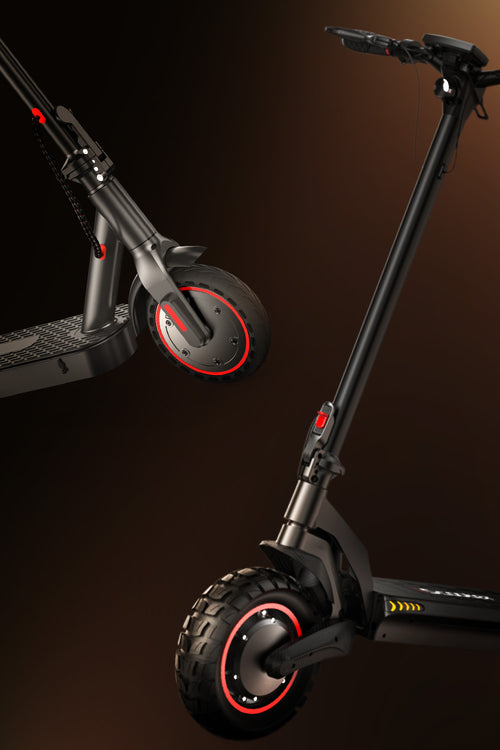
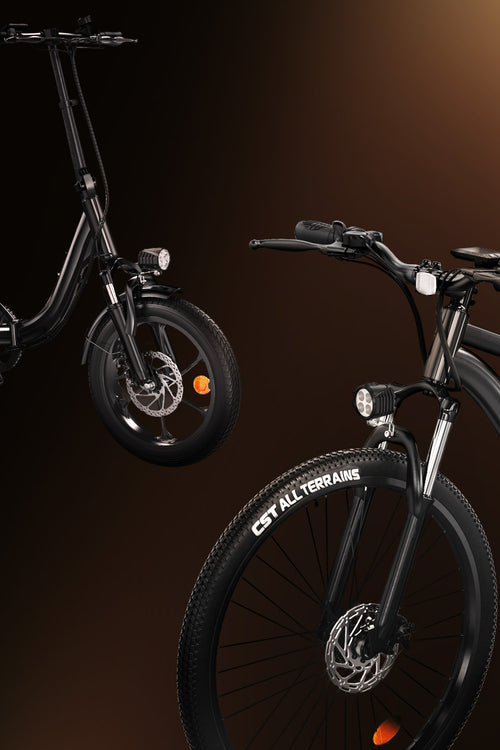
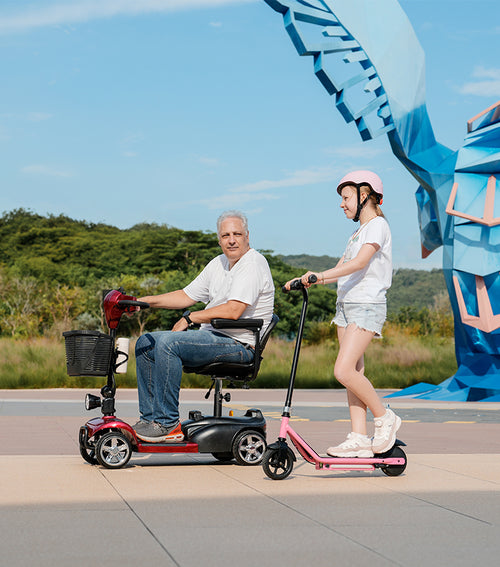







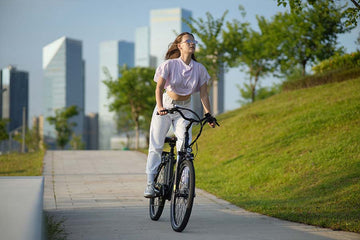

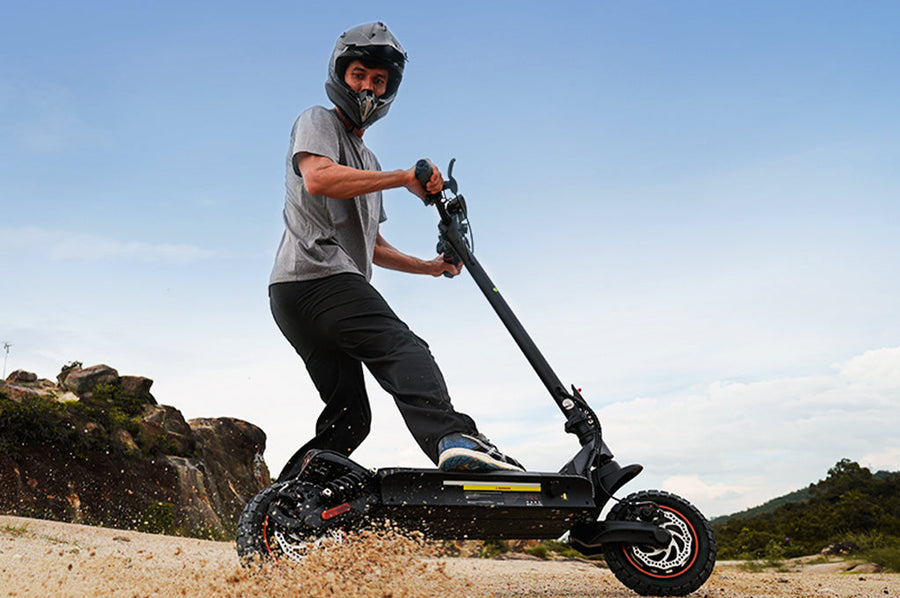


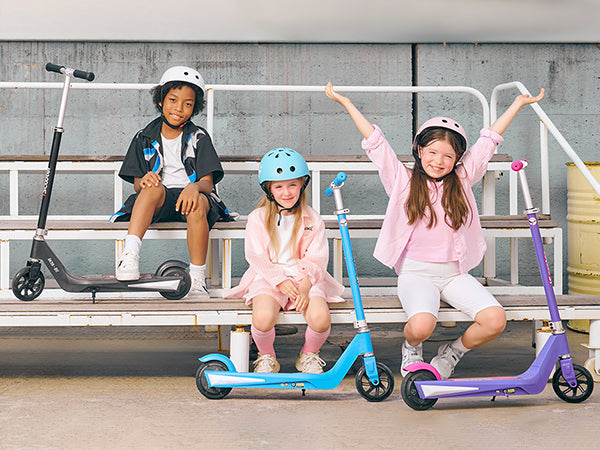
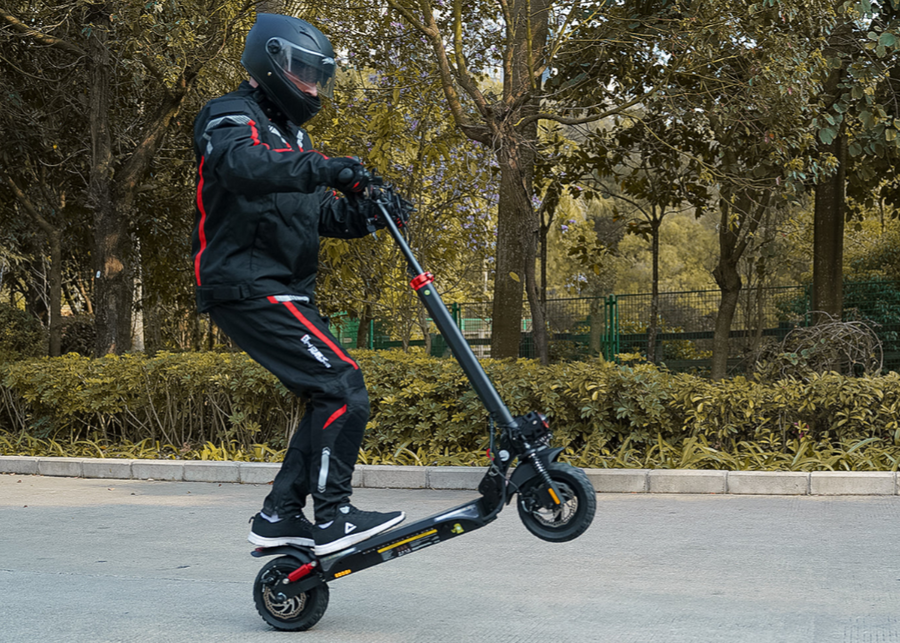
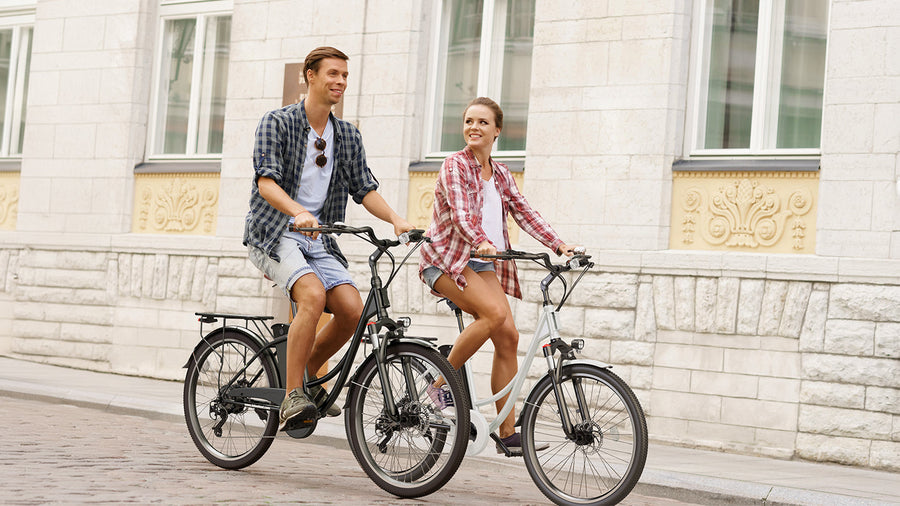
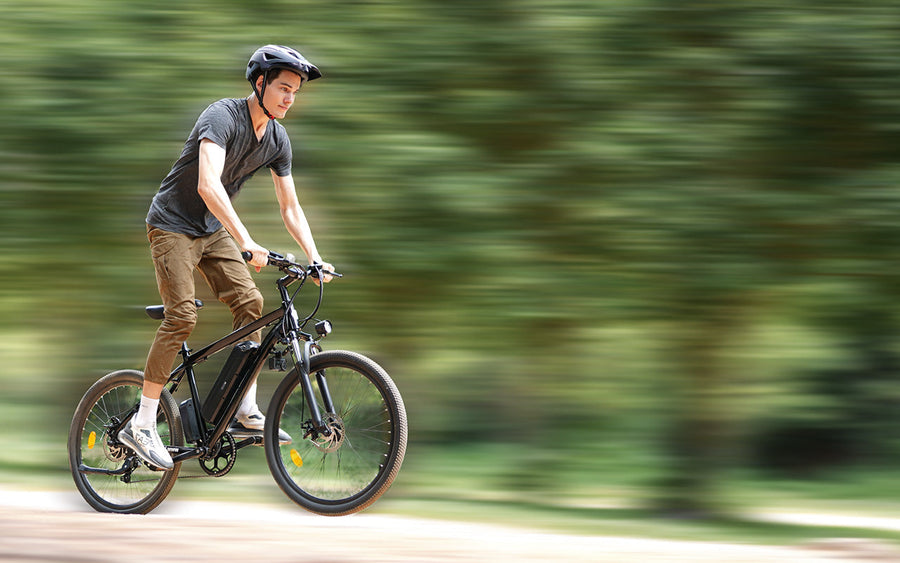
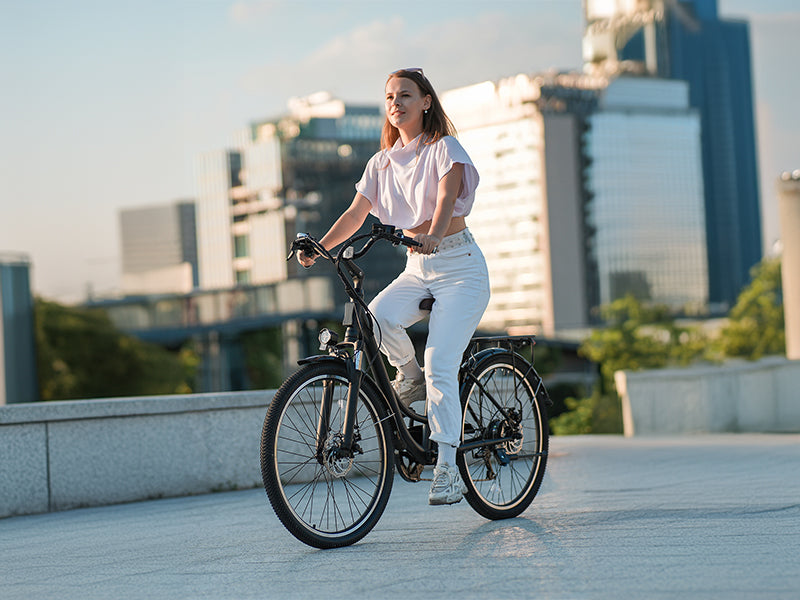
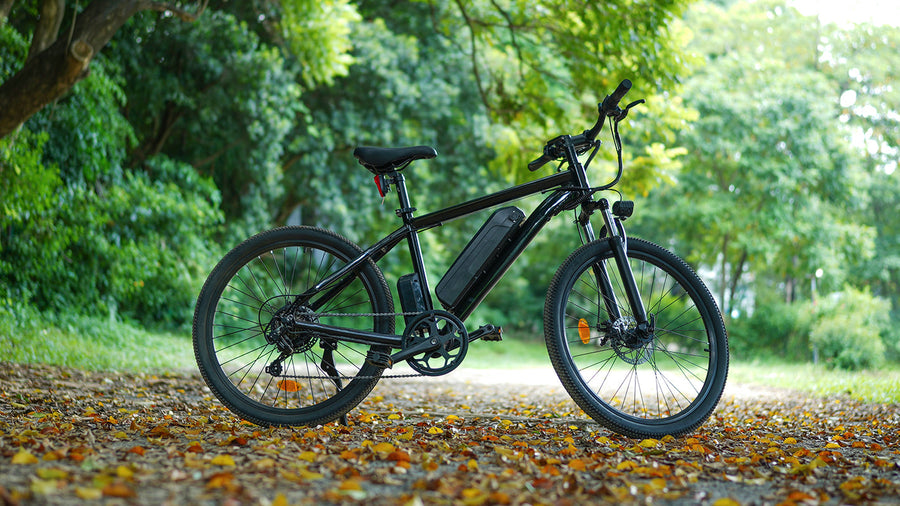
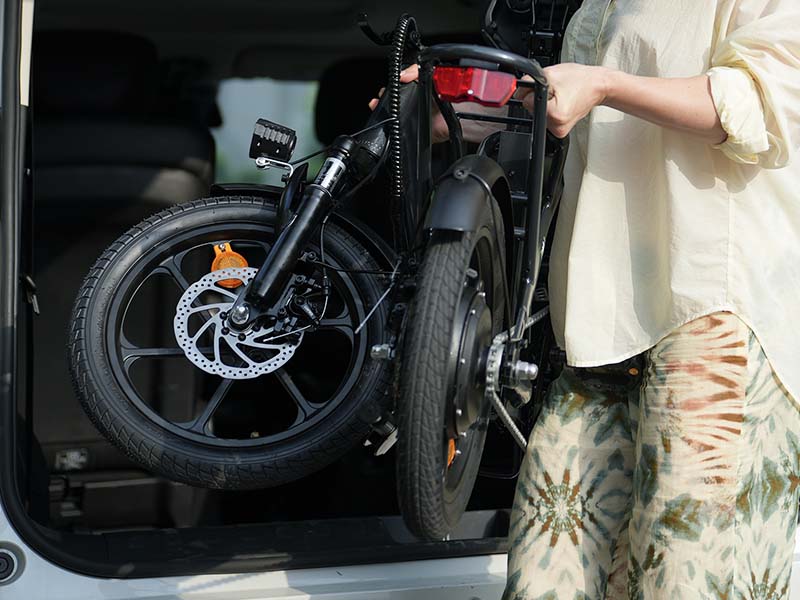
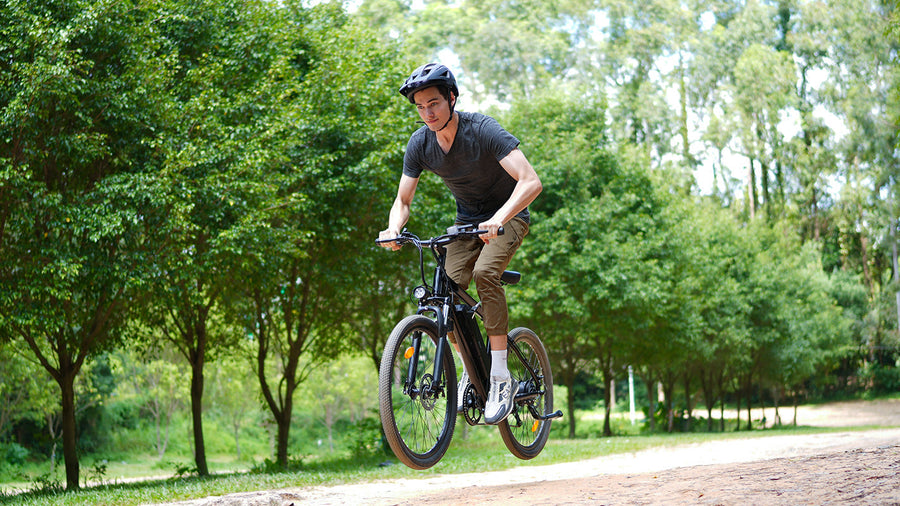









Article tags :
Leave us a message